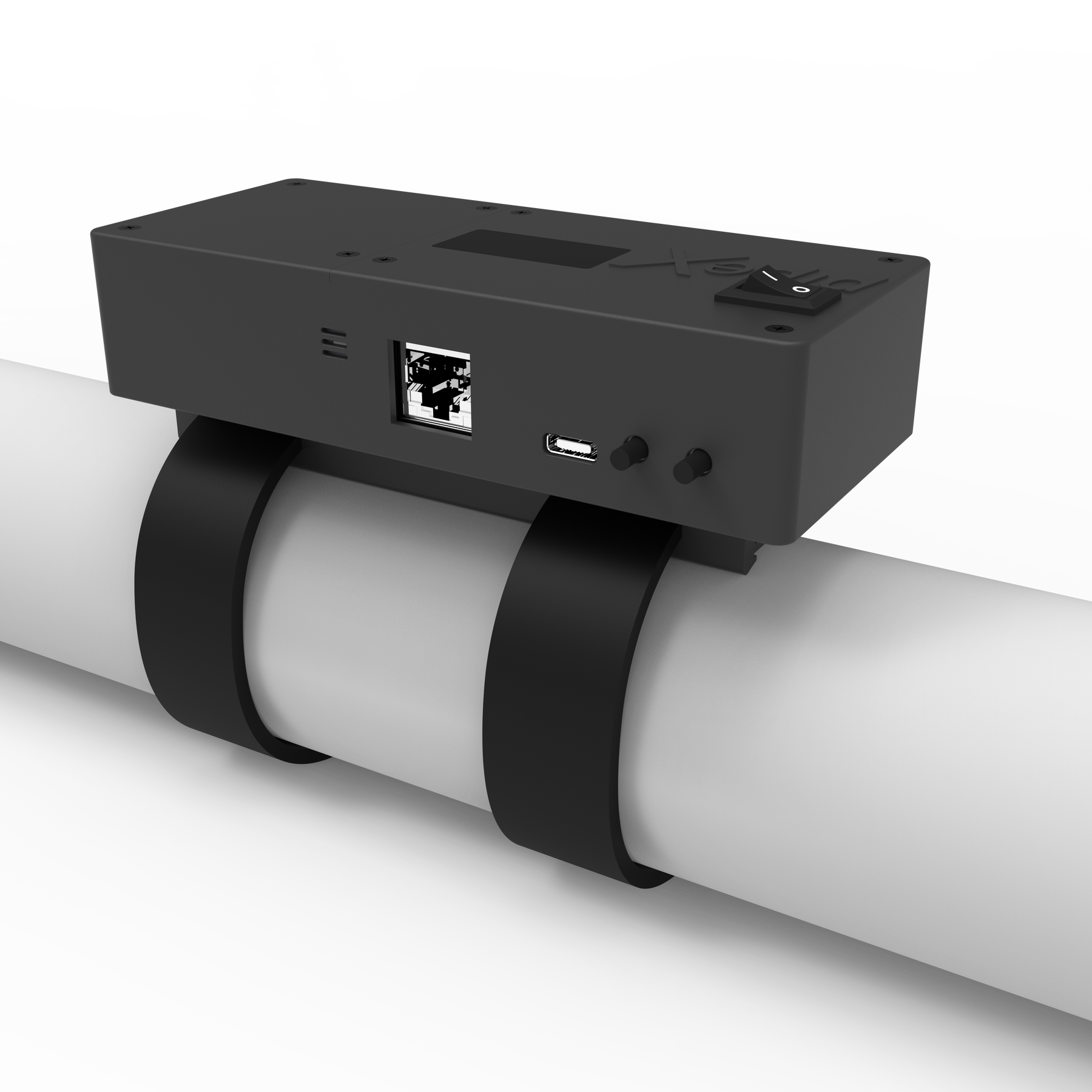As a homeowner or real estate developer, you may have encountered the perplexing issue where, when you flush your toilet, it fills up with water, then slowly drains away. This problem can be both frustrating and concerning, potentially indicating more significant underlying issues. In this article, we will explore the various causes behind this common toilet problem and provide practical solutions to address it effectively.

Understanding the Issue
When a toilet fills up with water and then slowly drains after flushing, it is generally a sign of a blockage or obstruction in the plumbing system. To solve this problem, you need to identify the root cause, which could range from simple clogs to more complex plumbing issues.

Common Causes
1. Toilet Clogs
The most common cause of a slow-draining toilet is a clog in the toilet’s trap or drainpipe. This can occur due to the accumulation of debris, toilet paper, or foreign objects that should not have been flushed down the toilet.
2. Sewer Line Blockage
A more severe issue that can cause a toilet to drain slowly is a blockage in the sewer line. Tree roots, debris, or other obstructions can block the sewer line, leading to water backing up in the toilet and causing slow drainage.
3. Vent Pipe Obstruction
The vent pipe allows air to enter the plumbing system, enabling water to flow smoothly. When the vent pipe gets blocked by debris, leaves, or animal nests, it can disrupt the airflow, leading to slow-draining toilets.
4. Low Water Level in the Tank
If the water level in the toilet tank is too low, it may not have sufficient pressure to flush the waste effectively, resulting in slow drainage.
5. Old or Damaged Sewer Pipes
With time, sewer pipes can deteriorate, crack, or collapse, causing blockages and affecting the proper drainage of water from the toilet.

Diagnosing the Problem
Plunger Test
Using a plunger is a simple yet effective way to clear minor clogs in the toilet. Place the plunger over the drain hole and vigorously plunge up and down to dislodge the blockage.
Inspecting the Vent Pipe
Check the vent pipe on the roof for any visible obstructions. Remove any debris that may be blocking it to restore proper airflow.
Seeking Professional Help
If you are unable to identify or resolve the issue, it is essential to seek the help of a professional plumber. They can use specialized equipment, such as drain cameras, to inspect the pipes and diagnose the problem accurately.
Solutions to Fix the Problem
1. Using a Toilet Auger
A toilet auger, or plumbing snake, can be used to reach deeper clogs in the toilet’s trap or drainpipe. Insert the auger into the toilet bowl and turn the handle to break and remove the blockage.
2. Chemical Drain Cleaners
Chemical drain cleaners can be effective in dissolving debris and clogs. However, they should be used sparingly as they can damage pipes if used excessively.
3. Clearing the Vent Pipe
To clear an obstructed vent pipe, use a plumber’s snake or a garden hose to remove debris from the pipe and restore proper ventilation.
4. Checking the Water Level
Ensure that the water level in the toilet tank is at the recommended level. Adjust the float mechanism if necessary to maintain optimal water pressure during flushing.
5. Sewer Line Cleaning
If tree roots or severe blockages are affecting the sewer line, consider hiring a professional to clean and remove the obstructions.
Preventive Measures
Regular Maintenance
Regularly inspect and clean the plumbing system to prevent clogs and blockages. Avoid flushing items that may cause obstructions, such as wet wipes, feminine hygiene products, and large amounts of toilet paper.
Tree Root Management
Be mindful of tree roots near your sewer lines. If necessary, hire a professional to trim or remove intrusive roots that could potentially damage the pipes.
Avoiding Harsh Chemicals
Using harsh chemical drain cleaners frequently can damage the plumbing system. Opt for natural and eco-friendly alternatives for routine maintenance.
Regular Professional Inspections
Schedule regular inspections with a professional plumber to identify and address potential issues before they escalate into more significant problems.
Educating Household Members
Educate household members about proper toilet usage and the importance of not flushing inappropriate items down the toilet.
Conclusion
Dealing with a toilet that fills up with water and then slowly drains can be frustrating, but understanding the underlying causes and implementing the appropriate solutions can help you resolve this issue effectively. Whether it’s a simple clog, a blocked vent pipe, or a more severe sewer line problem, taking the necessary steps to diagnose and address the problem will ensure your toilet functions correctly and efficiently.
For more information on maintaining and improving your home, consider exploring these articles: Best Practices, Recycled Materials, and Low-Impact Techniques.
For external tips on toilet hygiene, visit 5 Ways to Maintain Toilet Hygiene.
As an Amazon Associate, I earn from qualifying purchases.
FAQs
Why does my toilet fill with water when I flush?
A toilet fills with water when flushed due to a blockage or obstruction in the plumbing system, preventing the water from draining properly.
Can a vent pipe cause a toilet to drain slowly?
Yes, a blocked vent pipe can disrupt the airflow, leading to poor drainage and slow-flushing toilets.
How can I prevent toilet clogs?
To prevent toilet clogs, avoid flushing items like wipes, feminine hygiene products, and large amounts of toilet paper. Regularly maintain your plumbing system to ensure it functions correctly.



